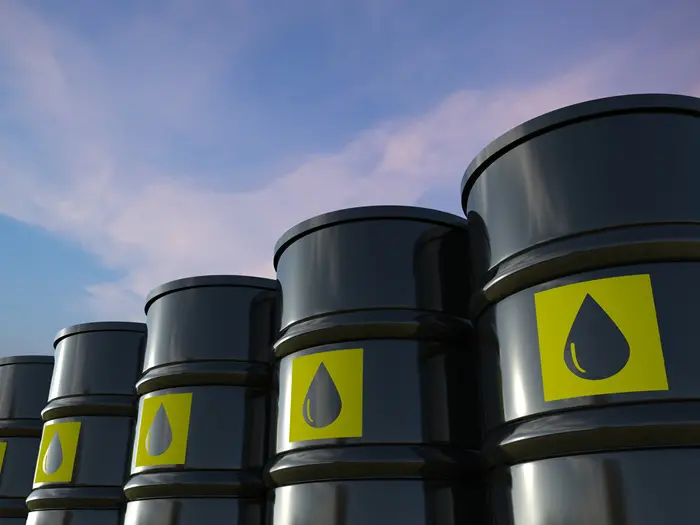Saudi Aramco, the world’s largest oil and gas company by market capitalisation, plans to utilize its longstanding oil supply relationship with China to co-develop clean energy technologies, aiding Beijing in achieving its carbon neutrality target by 2060.
According to Aramco’s website, the company has been supplying crude oil to China since 1991. Last year, China imported 86 million tonnes of crude oil from Saudi Arabia, accounting for 15.2% of its total imports of 564 million tonnes, as per China Customs data.
Mohammed Y Al-Qahtani, Saudi Aramco’s downstream president, speaking at the SCMP China Conference via video-link, stated, “We are advancing innovative technologies to reduce greenhouse gas emissions, such as blue hydrogen, electro-fuels, and carbon capture and storage, while enhancing our conventional oil and gas production capacity.”
Blue hydrogen is produced from natural gas, with the carbon emissions captured and stored at the production site, offering a cleaner alternative to most hydrogen currently derived from fossil fuels without emissions mitigation.
Electro-fuels, or e-fuels, are manufactured by combining carbon dioxide captured from factories with “green” hydrogen generated from renewable energy sources, splitting water into oxygen and hydrogen.
Aramco, a state-backed energy giant, has developed various low-carbon energy technologies that Al-Qahtani emphasized will be deployed in China to yield tangible results in the near term.
Al-Qahtani highlighted Aramco’s significant role in China’s economic growth through joint investments in oil refining and petrochemical plants, which contribute approximately 40% of global petrochemical sales.
Through partnerships with entities like Rongsheng Petrochemicals, Aramco supplies hundreds of thousands of barrels of oil per day for conversion into chemicals used across diverse industries including automotive, apparel, and construction materials.
Last year, Aramco, alongside Norinco Group and Panjin Xincheng Industrial Group, initiated the construction of Huajin Aramco Petrochemical, a major facility in Panjin, northeastern China, integrating a 300,000 barrel-per-day refinery with a petrochemical plant boasting annual production capacities of 1.65 million metric tons of ethylene and 2 million metric tons of paraxylene.
Additionally, a joint venture between Aramco’s subsidiary SABIC and Fujian Energy and Petrochemical Group broke ground on a US$6.4 billion plant last February, slated to commence operations in the latter half of 2026 with an annual ethylene production capacity of 1.8 million tonnes.
In 2022, Aramco partnered with the China Building Materials Academy to establish Nexcel, a center for non-metallic excellence and innovation aimed at advancing the use of non-metallic materials in the building and construction sector, contributing to reduced greenhouse gas emissions.
“This pioneering initiative could pave the way for further collaborations, potentially including areas like wind and solar energy,” noted Al-Qahtani, underscoring the company’s expanding partnerships and strategic horizons in China.
Related topics:


























